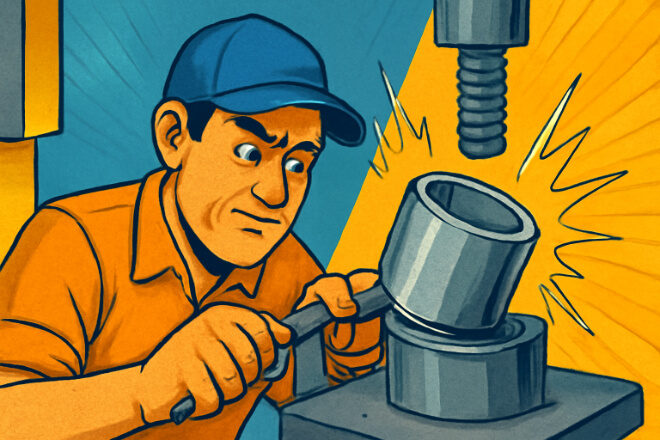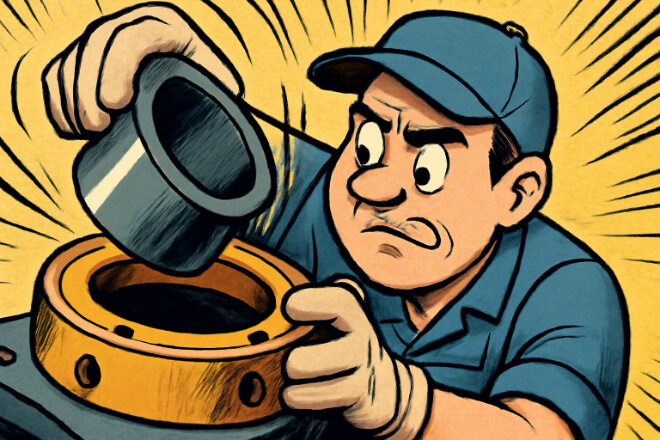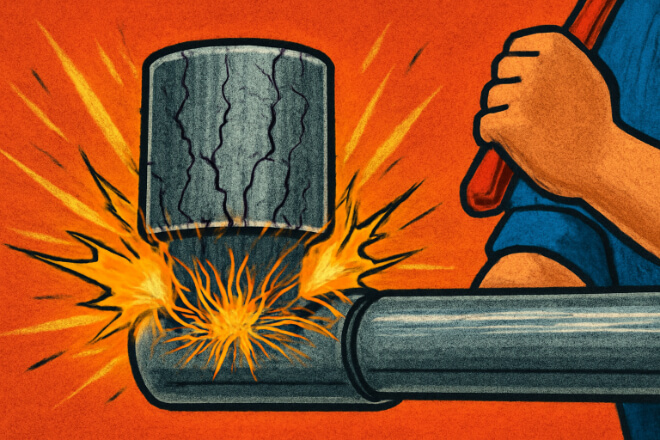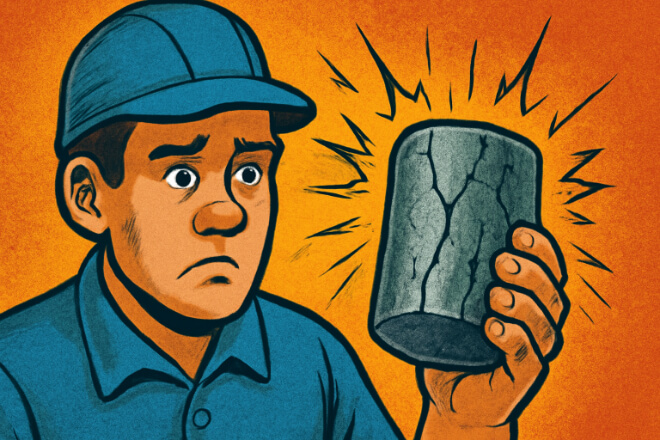Tungsten carbide bushings are highly valued for their exceptional مقاومة التآكل, صلابة, and longevity.
However, improper installation can lead to premature failure or reduced performance, even in these durable components.
In this blog, we will explore the most common installation mistakes made with tungsten carbide bushings and offer practical solutions to avoid these pitfalls.
By following best practices during installation, you can maximize the lifespan and performance of your tungsten carbide bushings.
Error 1: Failing to Properly Align the Bushing

One of the most common mistakes during the installation of tungsten carbide bushings is improper alignment.
Misalignment can cause uneven stress, leading to increased wear, premature failure, or even cracking of the bushing.
1). Why Alignment Matters:
Even Load Distribution: Proper alignment ensures that the load is evenly distributed across the bushing and mating components. Misalignment can lead to localized stress points, which can increase friction and wear.
Prevents Cracking: Misalignment can cause the bushing to experience uneven pressure, which can lead to cracking or chipping, especially since tungsten carbide is a brittle material.
2). Solution:
Use Alignment Tools: Always use proper alignment tools or jigs to ensure the bushing is correctly positioned within the housing or on the shaft. Laser alignment tools or dial indicators can provide precision during installation.
Visual Inspection: Before starting the press-fit process, visually check the alignment to make sure the bushing is positioned correctly.
Error 2: Applying Excessive Force During Installation

Another common mistake is applying too much force when installing the bushing. While tungsten carbide is incredibly hard, it is also brittle.
Excessive force can cause the bushing to crack, chip, or deform, especially if the press-fit is too tight.
1). Why Too Much Force is Harmful:
Cracking and Chipping: Excessive pressure can cause cracks or chips on the surface of the bushing, leading to a reduction in its مقاومة التآكل and overall performance.
Stress Concentration: High forces can lead to stress concentration points, which may cause the bushing to fail prematurely under operating conditions.
2). Solution:
Gradually Apply Pressure: Use a press machine with gradual, controlled force to ensure that the bushing fits properly without excessive stress. Applying pressure slowly helps distribute the force evenly.
Check for Fit Before Pressing: Ensure that the fit is not too tight before applying pressure. The bushing should fit snugly without requiring excessive force to be installed.
Error 3: Ignoring Temperature Differences

Temperature differences between the bushing, housing, and shaft can cause cracking or misalignment during installation.
For example, a cold bushing may contract while being pressed into a warm housing, leading to uneven stress and potential damage.
1). Why Temperature Matters:
Thermal Expansion: Materials expand and contract with temperature changes. If the bushing and housing are not at the same temperature, they may not fit properly, causing cracks or undue stress.
Risk of Cracking: Installing a cold bushing into a warm housing or vice versa can cause stress fractures due to thermal shock, especially if there is a significant temperature difference.
2). Solution:
Warm the Bushing: Heat the tungsten carbide bushing slightly before installation (within recommended temperature limits) to ensure it expands slightly and fits smoothly into the housing. Avoid overheating, as this can cause damage.
Cool the Housing: In some cases, it may be beneficial to cool the housing slightly to create a proper interference fit with the bushing.
Error 4: Failing to Lubricate the Bushing and Housing

Another common mistake is failing to apply proper lubrication during the installation process.
Lubrication reduces friction and helps the bushing fit more easily into place without excessive force, minimizing the risk of cracking or damaging the surface.
1). Why Lubrication is Important:
Reduces Friction: Lubrication reduces the friction between the bushing and the housing or shaft, ensuring a smoother installation and less chance of stress-related issues.
Prevents Wear: Proper lubrication helps to prevent wear during both the installation and operation of the bushing.
2). Solution:
Use the Right Lubricant: Apply a lubricant that is compatible with tungsten carbide and the materials used in the housing or shaft. Oil, grease, or dry lubricants are commonly used, depending on the application.
Even Distribution: Ensure that the lubricant is evenly distributed on both the bushing and the housing or shaft before installation. This helps ensure a smooth and even press fit.
Error 5: Not Checking for Cracks or Damage Before Installation

Another common mistake is neglecting to inspect the bushing for cracks or other damage before installation.
Cracked or damaged bushings may fail prematurely, leading to costly repairs and downtime.
1). Why Inspection is Crucial:
Avoiding Early Failure: Installing a damaged bushing can lead to immediate failure or degraded performance. Cracks can expand under stress, causing the bushing to break or wear unevenly.
Ensuring Longevity: Inspecting the bushing before installation ensures that it meets the required quality standards and can handle the stresses of the application.
2). Solution:
Visual Inspection: Inspect the bushing for any visible cracks, chips, or defects before installation. Use magnification tools if necessary to detect small cracks or surface flaws.
Check for Proper Dimensions: Ensure that the bushing’s dimensions and tolerances match the specifications before installation. This will ensure a proper fit and prevent the risk of cracking.
Common Installation Mistakes and Solutions
| Mistake | Cause | حل |
|---|---|---|
| Improper Alignment | Misaligned bushing and housing | Use alignment tools and check before pressing |
| Excessive Force | Applying too much pressure during press-fit | Gradually apply controlled pressure |
| Temperature Differences | Cold bushing and warm housing | Warm the bushing or cool the housing |
| Lack of Lubrication | Increased friction during installation | Apply proper lubrication evenly |
| Not Checking for Damage | Cracks or defects in the bushing | Inspect the bushing for damage before installation |
خاتمة
Proper installation of tungsten carbide bushings is crucial for maximizing their performance and lifespan.
By avoiding common mistakes such as misalignment, excessive force, and improper lubrication, you can ensure that your bushings function reliably in demanding applications.
Always inspect the bushing for cracks, use the correct fit and temperature control, and apply gradual, controlled pressure during installation to prevent damage.
إذا كنت تريد معرفة المزيد من التفاصيل حول أي شركة، فلا تتردد في اتصل بنا.
